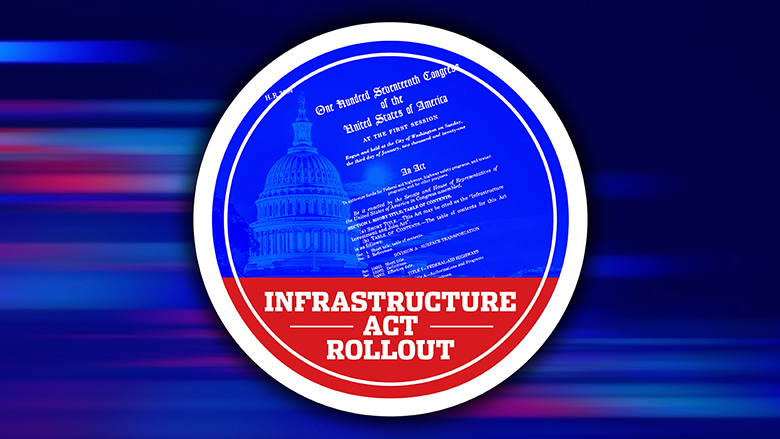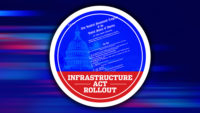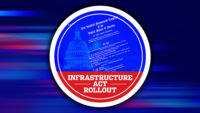The U.S. Dept. of Transportation is opening the door to a new Infrastructure Investment and Jobs Act program that authorizes $6.4 billion over five years for projects to reduce carbon emissions from transportation sources.
The IIJA was signed into law on Nov. 15, but its new programs, including the one aimed at trimming carbon emissions, were bottled up until a full-year 2022 appropriations package was enacted on March 15.
In formally kicking off the Carbon Reduction Program on April 21, DOT Secretary Pete Buttigieg said in a statement, “As the sector generating the most carbon emissions in the U.S. economy, transportation must play a leading role in solving the climate crisis.”
DOT’s Federal Highway Administration (FHWA) released the program's five-year, state-by-state funding allocations. California ranks first, with $555 million, followed by Texas, with $641 million and Florida, with $320 million.
Pennsylvania is fourth, with $265 million; Illinois is fifth, with $226 million.
The program's overall authorization for 2022, the infrastructure act's initial year, is about $1.2 billion.
FHWA also released a memorandum to outline how the program will be implemented.
A wide variety of project types are eligible for the carbon reduction funds, including off-road trails for pedestrians and bicyclists, bus rapid transit lines, intelligent transportation systems and infrastructure for charging electric vehicles or for fueling vehicles powered by hydrogen, natural gas or propane.
Also eligible are purchases of zero-emission construction equipment and vehicles and projects that speed the flow of traffic but do not include constructing lanes to add road capacity.
States must "suballocate" 65% of their annual shares of the Carbon Reduction Program funds to jurisdictions that range from those with a population of less than 5,000, to urbanized areas with more than 200,000 in population. The suballocations are to be proportional to their relative shares of a state's total population.
But the memo says states can use "other factors," with U.S. DOT approval.
The program gives states and other recipients of carbon program funding substantial flexibility in how they put the dollars to use.
For example, the program and funds fall under the Federal Highway Administration but states and other jurisdictions can "flex," or transfer, them to be used on projects that fall under the Federal Transit Administration's responsibilities.
The program also requires states to draw up carbon reduction “strategies,” by Nov. 15, 2023, though funds for carbon-reducing projects can flow before the plans are completed.
Steve Davis, assistant vice president of transportation strategy with advocacy group SmartGrowth America, says the Carbon Reduction Program, and the IIJA are each a "mixed bag."
Davis told ENR via email, "It is absolutely a notable and important step forward that Congress has devoted significant funds to projects that are aimed at reducing emissions."
He added, "But there is no real guarantee that these funds will result in measurably reducing [greenhouse gas] emissions because of the wide latitude that Congress gave states to easily transfer these dollars out of the program entirely or spend them on projects with questionable benefits for reducing emissions."
Senior Republicans on the House Transportation and Infrastructure Committee criticized the FHWA guidance memo.
Reps. Sam Graves (Mo.), the committee's top Republican, and Rodney Davis (R-Ill.), the ranking GOP member on the highways and transit subcommittee, said in a joint statement that "the Biden administration doubled down on discouraging states from building new roads they may need, despite this policy being in direct conflict with what Congress intended in the recent infrastructure law."
Davis, Graves and other Republicans on the committee had urged the administration to rescind an earlier guidance memorandum that dealt with other FHWA programs in the IIJA.





